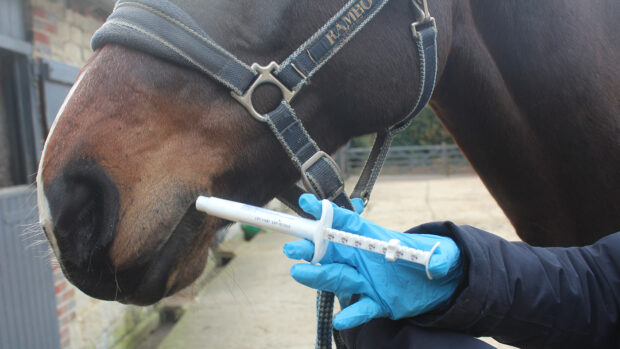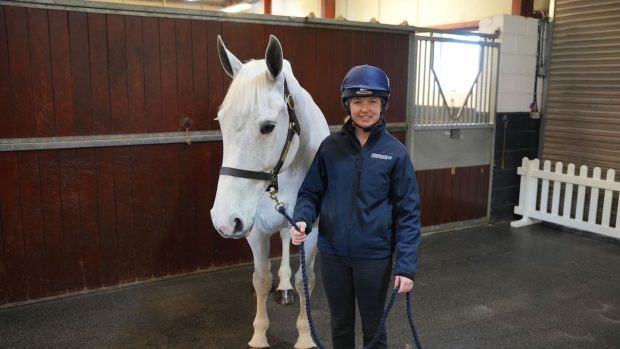Q. I have noticed my horse is coming in from the field covered in bot eggs. I usually remove them each day with a bot knife, but I was wondering if this is really necessary. What would happen if I left them?
A. The bot fly (Gasterophilus) lays its eggs on the legs, abdomen ad throat of horses in late summer. Removing the eggs prevents your horse from ingesting them and breaks the fly’s life cycle.
If the eggs are not removed from your horse’s legs they may be eaten and hatch in the mouth or throat. The emerging larvae will then burrow, via the tissues of the throat to the stomach, where they spend about 10 months before being passed out in the dung. The bot maggots then recontaminate the soil in the pasture enabling the adult flies to develop.
Horses rarely show clinical signs of larval infection, but there have been cases of poor condition, low-grade colic and gastric problems. As long as you are practising sensible worm control on your pasture and worming your mare appropriately, she shouldn’t become infested.
Use a wormer with either ivermectin or moxidectin as the active ingredient around December to remove bots from your horse’s body. Winter frosts also play a role in controlling the bot population as they kill maggots and flies in the environment.




